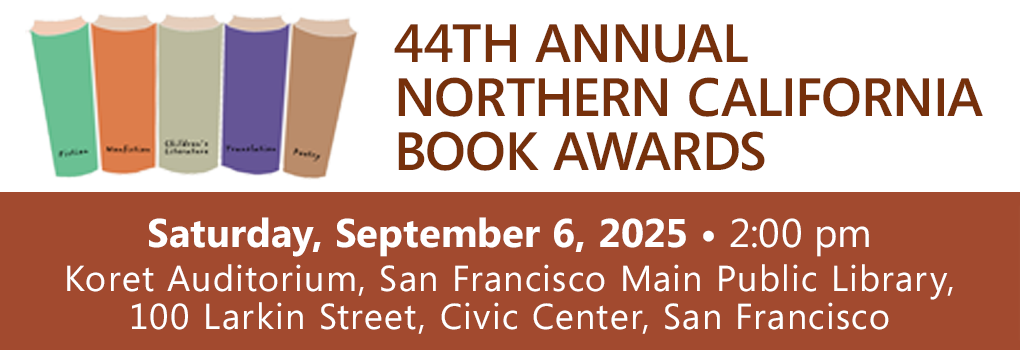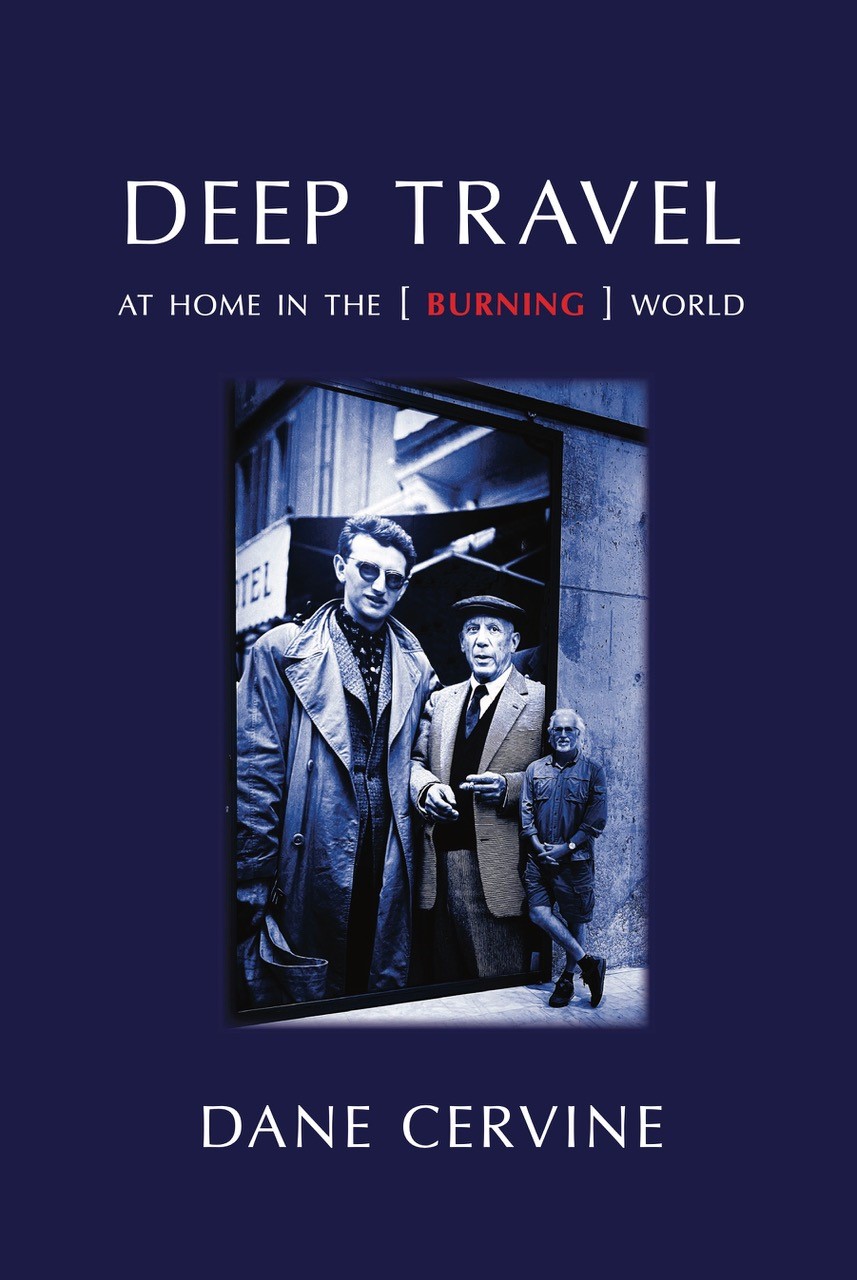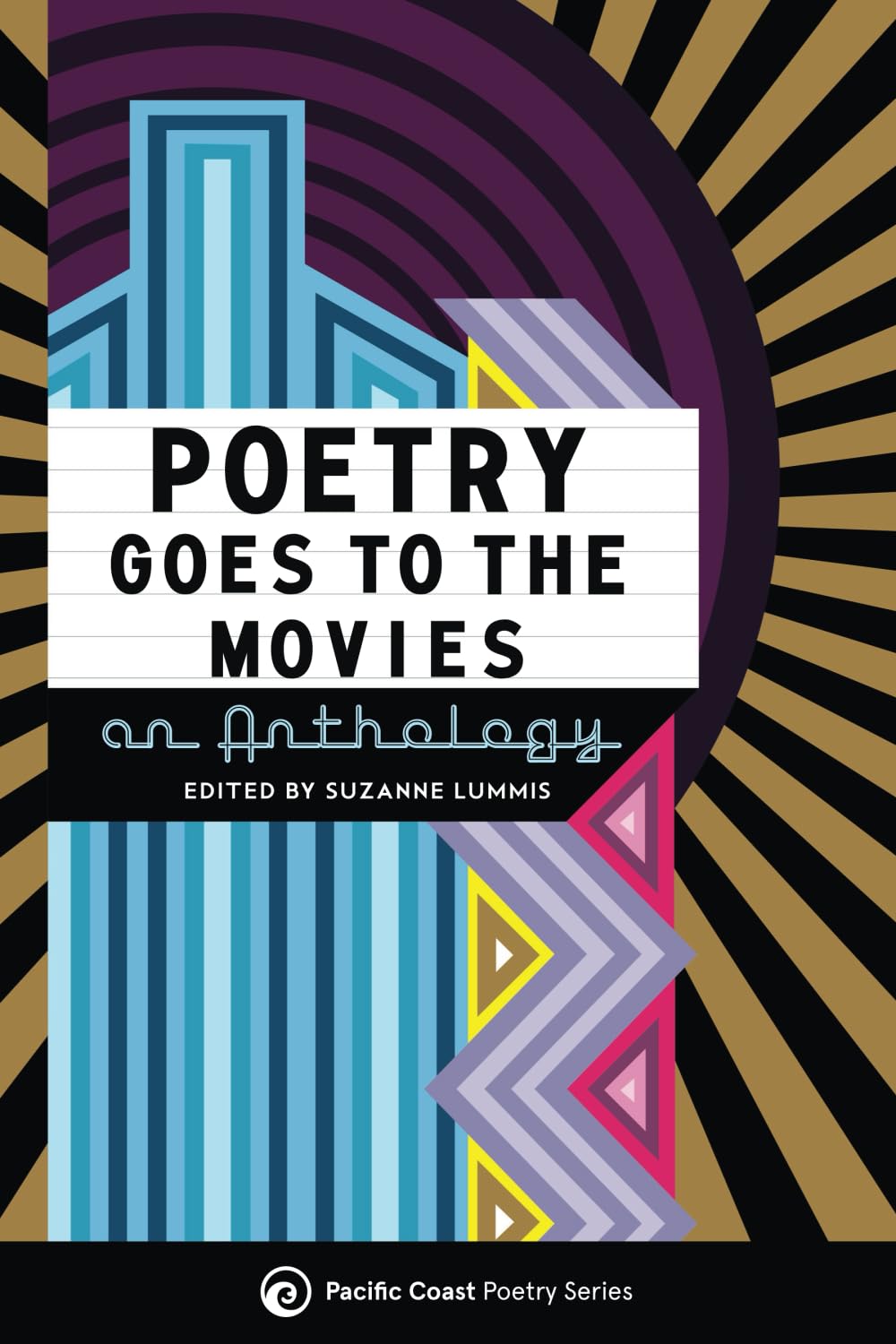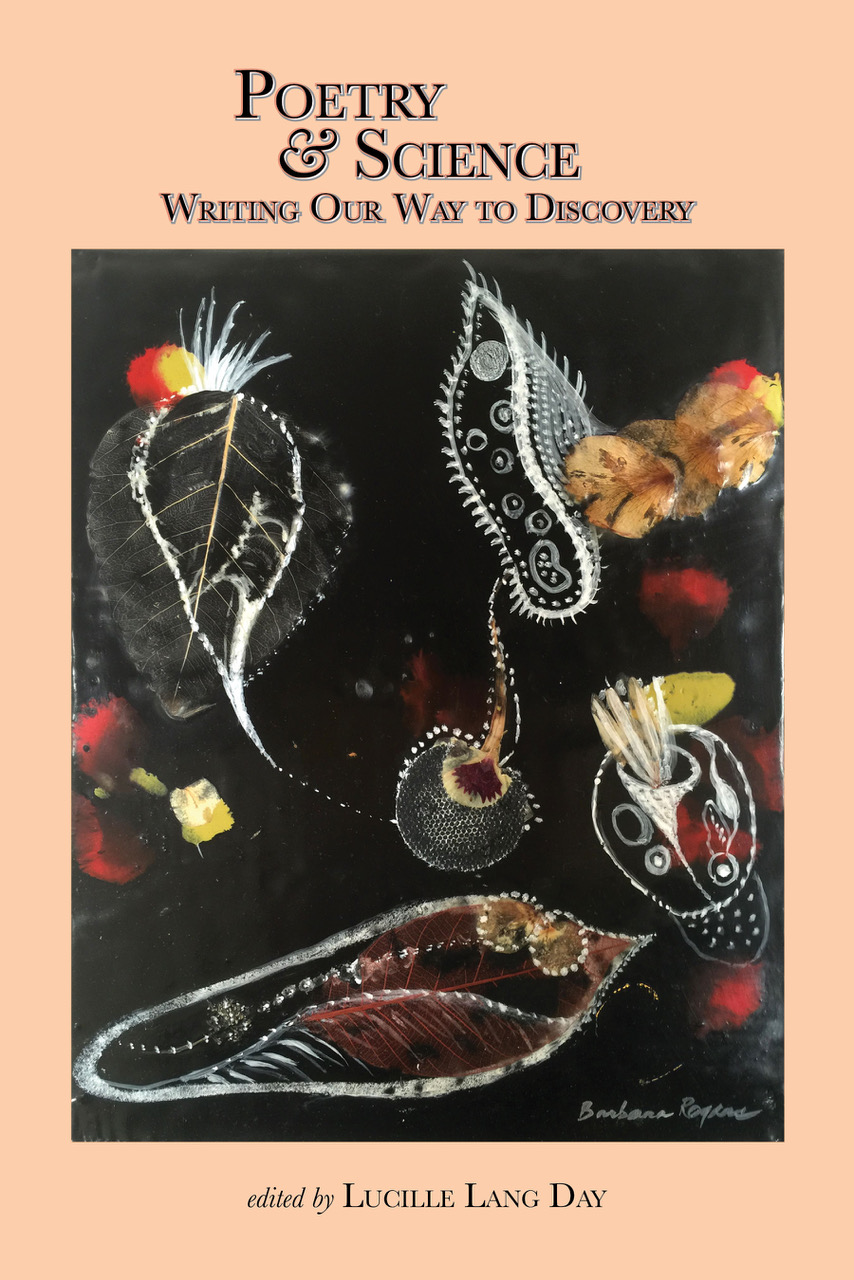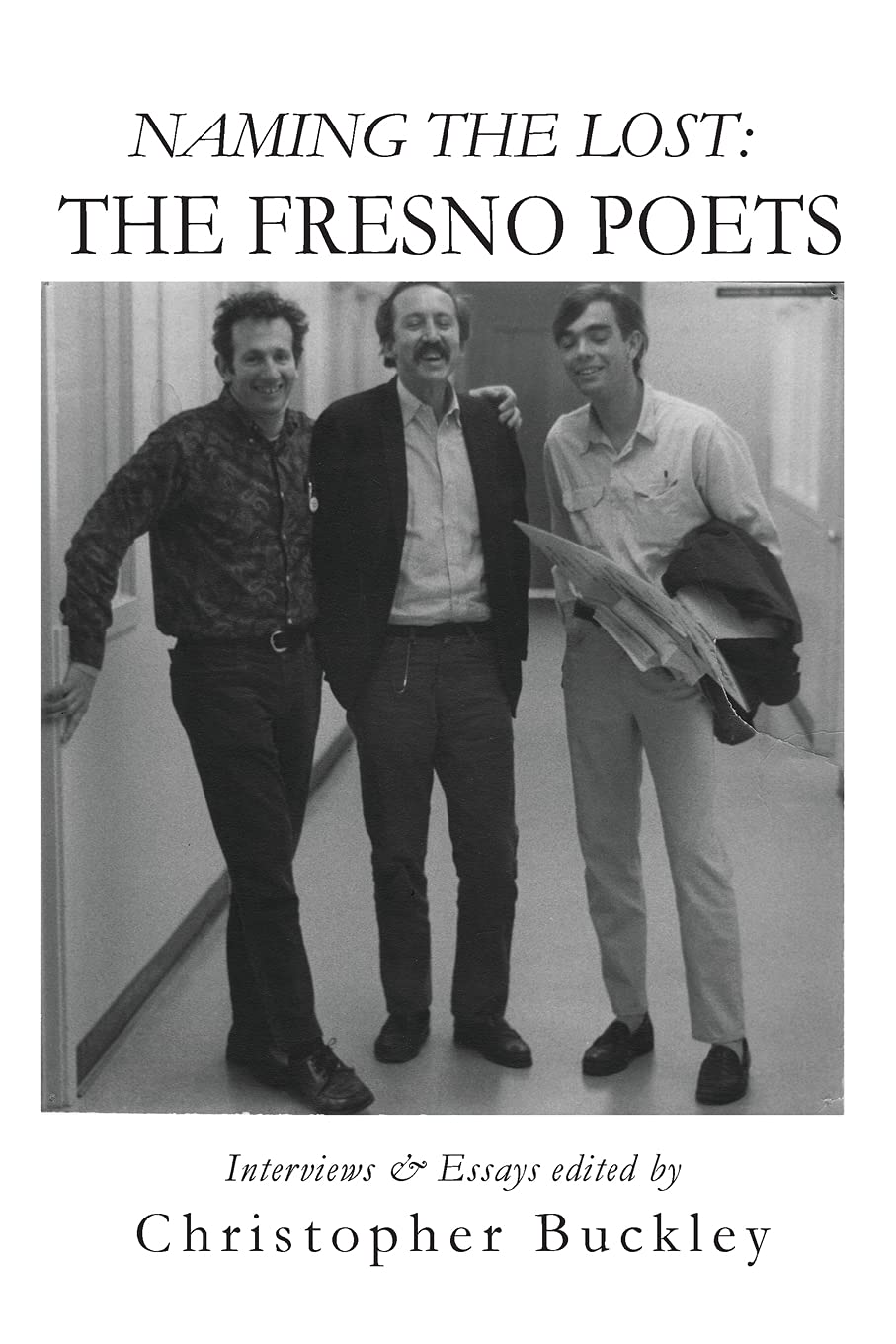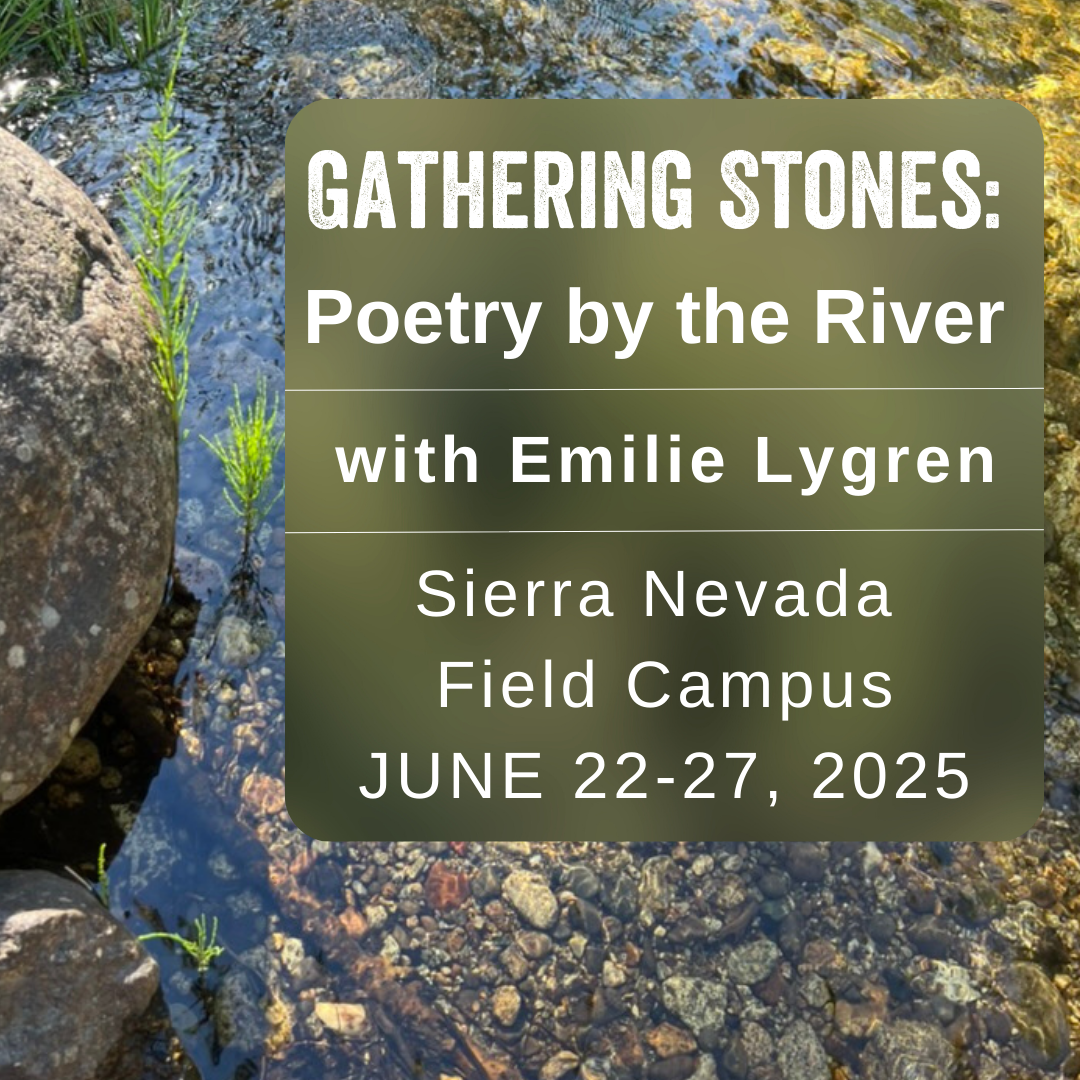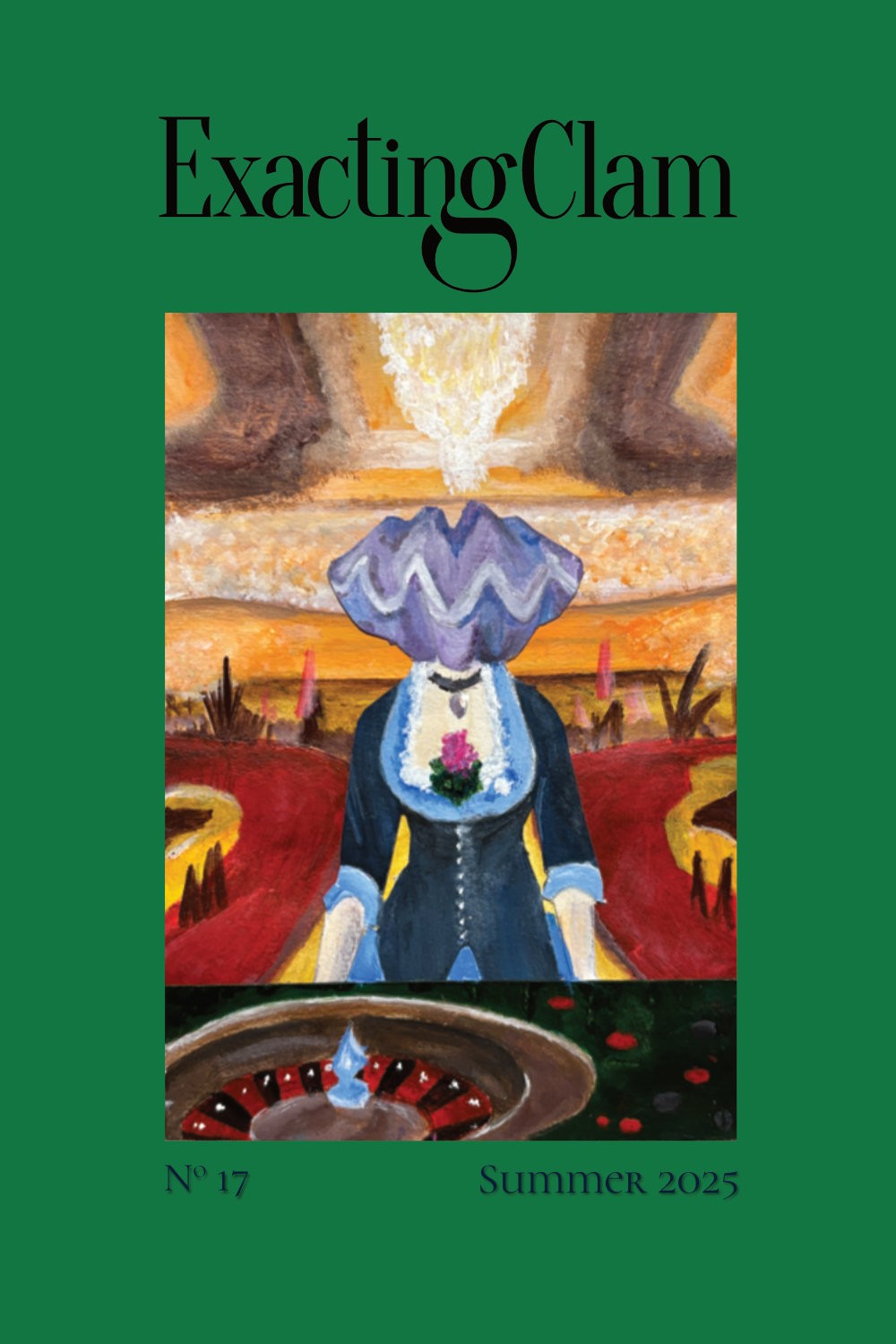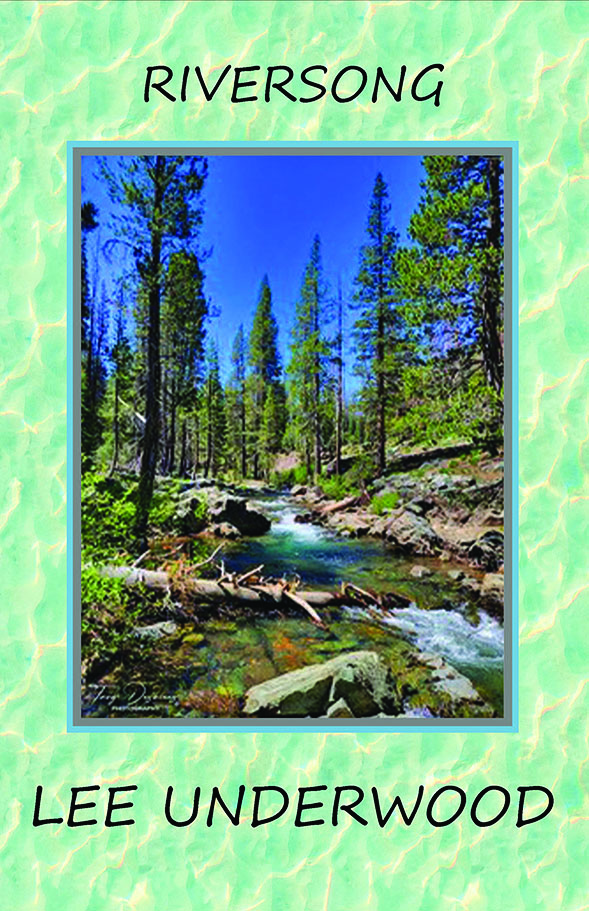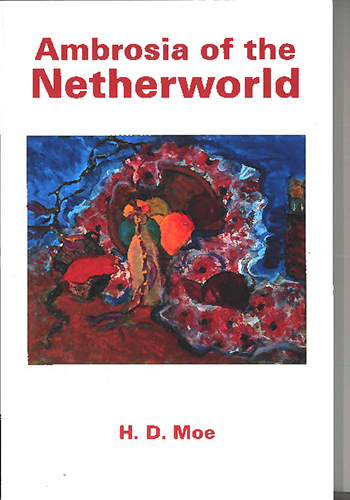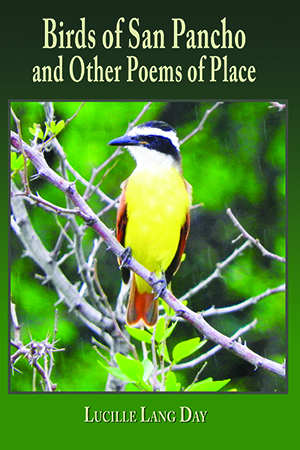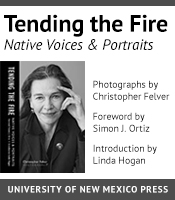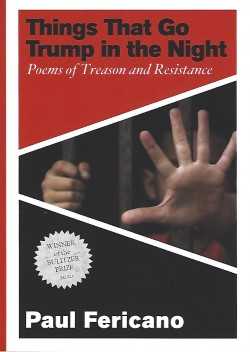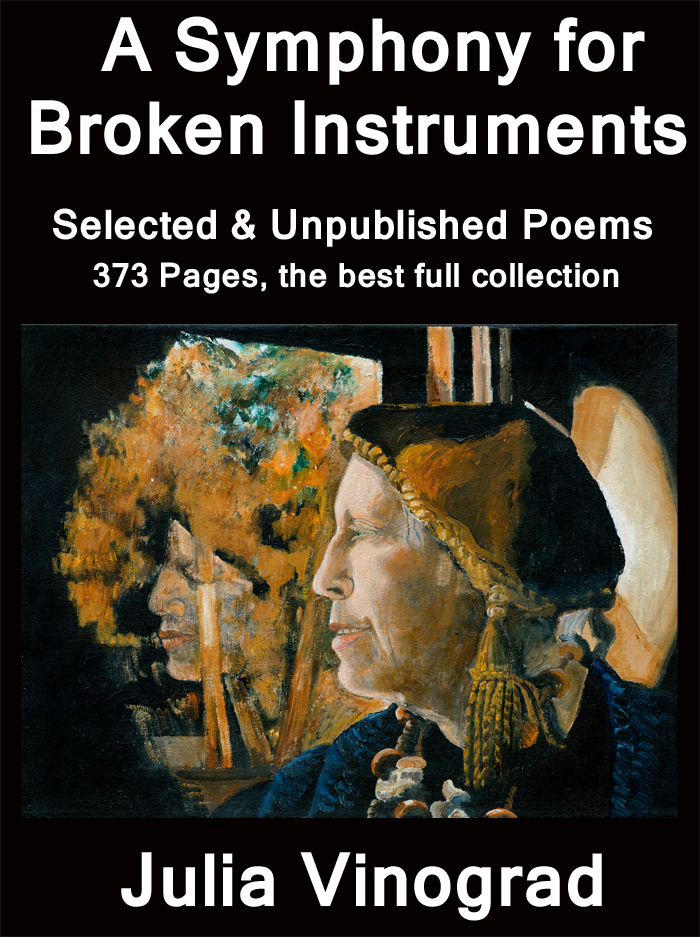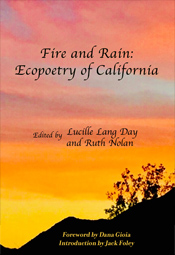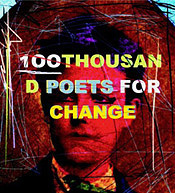
To Feel About a Place
An Interview with John Shoptaw
by Rebecca Black
JOHN SHOPTAW'S FIRST BOOK of poems, Times Beach, won the 2016 Northern California Book Award for Poetry, and he has read from his work at the Watershed Environmental Poetry Festival in Berkeley. Composed over a dozen years, his book explores the Mississippi River watershed from Lake Itasca to New Orleans, and dwells on the floodplain of his southeast Missouri—his river-heated radiators, the drainage ditch where he was baptized, the aftershocks of a series of earthquakes that in 1812 "thrust swamps up to steam their last steam." But Shoptaw's long poem is no pastoral, no nostalgic idyll. His work—in its thick, muddy histories, its Ashbery-esque asides, as well as its compassion for poisoned landscapes and past lives—puts into practice an ecopoetics. It's a poetry that rejects the centrality of the usual lyric "l" and favors bringing other consciousnesses to the forefront of a poem. In this way, the Castor River and Wahite Ditch, the Cahokia mounds, the migrating squirrels, and the "cedar labryinths" are not deployed simply as window-dressing meant to accentuate a display of finely-wrought human musings. These rivers, mounds, animals, and cedar groves, are fully imagined entities, existing to fulfill their own purposes. Shoptaw's ecopoetry does not anthropomorphize—animals, rivers, live oaks, and crawfish mounds do not serve as mirrors. We are not allowed to look at them in order to see ourselves reflected back; yet we do find in them what we have in common.
There is something about Shoptaw's ecopoetry that feels old-fashioned in its quiet humility, its acknowledgment of the generative presence of long-dead poets, its generosity towards EPA sites never spruced up as parkland or planted as community gardens. Shoptaw's poems demonstrate an entrancing ease with the entire canon of American poetry—poems reference Ashbery and Dylan as easily as Longfellow and Eliot. We are even reminded of more obscure writers such as William Alexander Percy, whose autobiography detailed a Southern white elite view of the world.
Shoptaw presents his findings in such a way that the reader becomes more curious and compassionate. Times Beach cannot be dismissed as a work of regional, literary, or personal/cultural obsession—its poems demand that we feel by thinking and think by feeling. After all, as Shoptaw states in another recent interview "the thing that poetry can do that a science essay cannot do is offer you permission to feel about a place."
Rebecca Black: Your book was written during the early years of everyday internet use, from 2001-2013, a period which saw California tech booms, economic busts, the evolution of our web use—from single line to DSL to fiber optics. In 2001, most of us were using our first cell phone; we still had landlines and answering machines. Do you feel you wrote differently as your web use increased, as the sheer availability of material online evolved?
John Shoptaw: The web certainly changed the way I researched poems. For one thing, I no longer spent dizzying hours in library basements swimming through microfiche! I remember rummaging through sites such as "Missouri Digital Heritage" where I found WPA photographs and enlargeable golden brown river maps. On the other hand, the web can give us the misleading impression that the past never passes away, that we no longer need to remember or record it, that it's all "out there on the web" if we can only tug the right sticky filament. We inevitably imagine time as space, but if we don't think anything slips behind us, then we risk taking ourselves, our obligation to remember and act accordingly, out of the picture. Near the end of my title poem, "Times Beach," about a Missouri town on the Meramec that was incinerated after being contaminated with dioxin, I wrote these lines: "Sure, you can google Times Beach, and sites/ will pop up where visitors leave postings. But some/ of these same people used to meet up on The Beach,/ and fry the rainbow trout they'd fished up out of the river / in beer batter.…" I wasn't one of these people, but I located one of them on the web, called her up, and interviewed her about what it was like to live there. In general, I try to go on the web to go through the web.
RB: You've said the first poem you wrote was "Itasca," started when you moved to Berkeley. What was your experience of spending many years writing the same book? Did you return to revising earlier "finished" poems as you wrote the latter poems of the book? What was the process of revision like for you in a book-length poem? Was the construction of the narrative(s) intuitive in the beginning, or did you have more of an overarching vision as you started the project? When did you know you had a book-length tiger of a collection going?
JS: Actually, I drafted "Itasca," a poem about the source of the MIssissippi and the oldest poem in the book, in a Hungarian bakery on the Upper West Side of Manhattan, in the now irrecoverable summer of 2001, around the corner from where Gershwin composed "Rhapsody in Blue." The only poem on the Mississippi that I wrote on the Mississippi was "Blues Haiku," handwritten while I was watching what I was writing about. It's true, though, that Times Beach is a California book. I wrote the bulk of it in the Berkeley foothills on the bank of El Cerrito Creek. I only know second-hand what novelists feel like, but I certainly was bewildered and quietly despairing for years on end. I believed that my river project involved "coverage," and so I embarked on a long narrative poem about the last years of Mike Fink simply because it took place along the Missouri River. I ended up dropping that laborious poem from the book when I realized that it wasn't the topic, the topography, but the poetry that mainly mattered. One advantage or consolation of spending so long on a book is that the earlier poems fade somewhat from memory, so you can revise them as though they were somebody else's. It was this way with "Itasca." Years later, Robert Hass suggested that I add marginal notes to the poem. This prompted me to invent a critically distant scholiast, who let me annotate the poem and parody it at once.
RB: There are so many streams of knowledge and separate modes of contemplation that move through this book. How did you establish the rhythm of the sections? Can you describe your vision of the sections to us?
JS:Once I selected my poems, I was at a loss how to arrange them. I knew I wanted to begin with a short poem to ease readers into the big muddy long poems and sequences. But who, I thought, wants to wade through one long poem after another? Then my wise partner suggested I divide the poems into parts. Parts give readers rest areas, and me opportunities to restart, each time with an introductory lyric. I thought that by writing a river book I could avoid writing my riverine autobiography. But at a certain point, I realized that avoiding myself distorted what lay beyond me. So, the first part concerns my river life, or the river's life in me. The following three center on stages in the river's natural and cultural history: the periods of exploration and discovery; of (flood) control; and of (mis)management. As with any poetry book, you can hop around as you please. But if you read any part consecutively, I think you will feel the sediment building.
RB: What's next?
JS:A book of ecopoems, poems both environmental and environmentalist. Emerson believed that Nature was invulnerable, so much so that he included art and technology as part of Nature, since our modifications, only "a little chipping, baking, patching, and washing…do not vary the result." Sadly, we now know our actions result in local and global mortality. What can poetry do? Help change minds and hearts. Winning the Northern California Book Award has given me the poetic license to think of myself as a California poet. And as California goes, so goes the globe. ![]()
Rebecca Black's first book, Cottonlandia, won a Juniper Prize. A former Wallace Stegner and National Endowment for the Arts fellow, in 2011 she was an inaugural Fulbright visiting professor at the Seamus Heaney Center in Belfast, Northern Ireland. She has been the Director of Creative Writing at Santa Clara University and most recently on the MFA faculty at UNC Greensboro. Originally from Albany, Georgia, she now lives in Albany, California where she serves as the city's 2016-2018 poet laureate.
— posted September 2017




